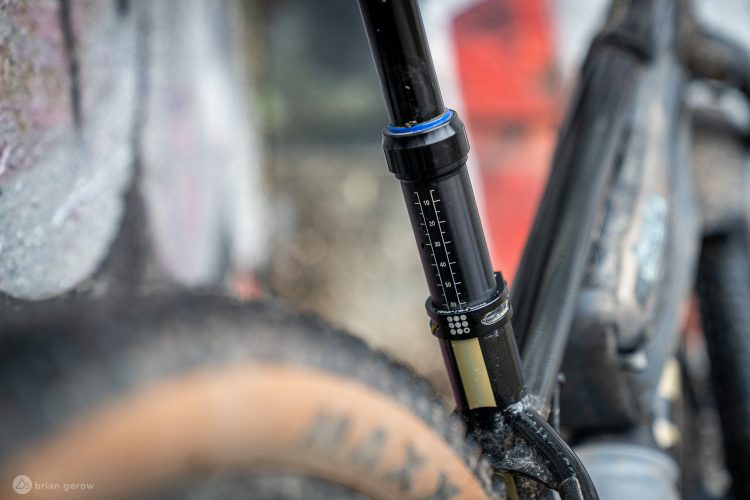
With this Quick Question series we will present fast fixes and collect comments from seasoned riders around specific D.I.Y. mountain bike repairs. While much of this trailside triage is covered in our repair articles and videos, this is a space for longtime riders and readers in the Singletracks community to share their knowledge. Please type your related experiences and advice in the comments below. Do you have a quick question? 🤔 Email [email protected].
Mountain bike pedals can turn several thousand revolutions in the time it takes the earth to encircle the sun. All of that annual spinning through puddles and dust can lead to seized axles that are tough to remove from the cranks. Breaking that bond is the topic of this week’s Quick Question session, generated by the following reader inquiry. “I want to swap out my pedals but the old ones feel like they are welded in place. Any tips for removing a stuck pedal?”
Before digging into solutions, let’s consider prevention measures. When tightening a set of pedals into the crank arms, make sure to apply grease across all of the axle-threads, and don’t over-torque the spindle. For example, Shimano recommends tightening their SPD pedals between 35-55 Nm. I have always tightened pedals in place with my fingers alone, and so far they have all stayed tight while riding. Alas, even without over torquing, the threads can seize over time, and there are a few ways to free them.

First, make sure you’re turning the pedal-spindle in the direction that will loosen it. The spindles use opposite threading on either side of the bike, loosening counterclockwise on the drive-side and clockwise on the non-driveside. There are several ways to think about the loosening direction depending on perspective, so I’ll try for the clearest one. From a regular riding position, seated on the saddle, orient one crank arm in the horizontal forward position and put your foot on it. With a wrench attached to either side of the pedal spindle (some pedals have a hex inner and/or box-end outer wrench interface), pull up on the wrench while pressing down with your weight on that forward pedal. This is the direction that all contemporary mountain bike pedals will loosen, no matter where you are standing or seated.
Alternatively, you could think of It like this: pedals loosen in the same direction that an external English-thread bottom-bracket (most common modern BB) is tightened for a given side of the bike. If you’re standing on the driveside, the BB cups will tighten counterclockwise, and the pedal spindle will loosen in that same direction. The same is true in a clockwise direction on the non-driveside of the bike.
After pulling and cussing at the pedal for a while to no avail, it’s time to get some thin lubrication in the threads to help break things free. Penetrating fluids like PB B’Laster or multi-use WD40 can slowly work their way into the threads to help break up the bond. Lay the bike on its side so that the pedal spindle is facing up, and spray the end of the pedal spindle with penetrating fluid. Wait 10-20 minutes before pulling on the wrench again.

If the pedal spindle has been soaked in penetrating fluid a few times from both sides and it still won’t bust loose, it’s time to remove the crank arm and find a sturdy bench vice. Clamp the hex key or pedal wrench down tight in the vice and pull on the crank arm to break the bond. Remember to keep your force in the proper direction. For added force, this is one of the few instances in bike mechanics where it’s okay to use a rubber mallet or a dead-blow hammer, as acute impact force on the crank arm will often knock things loose. When none of that works you can experiment with heating the pedal spindle or crank arm (alloy only) up with a torch, but I will leave that for experienced readers to explain as I haven’t had to take that step.
The final possibility is that the stuck pedal has been cross threaded, meaning that it was forcefully tightened with the threads misaligned, or the pedals were mounted on the wrong sides. This repair will require a new thread insert and some patience, and the pedal-spindle will likely need to be replaced. A highly skilled mechanic at your local bike shop should be able to sort this repair out for you.
It’s your turn! Please share your stuck pedal tricks in the comments below.



















